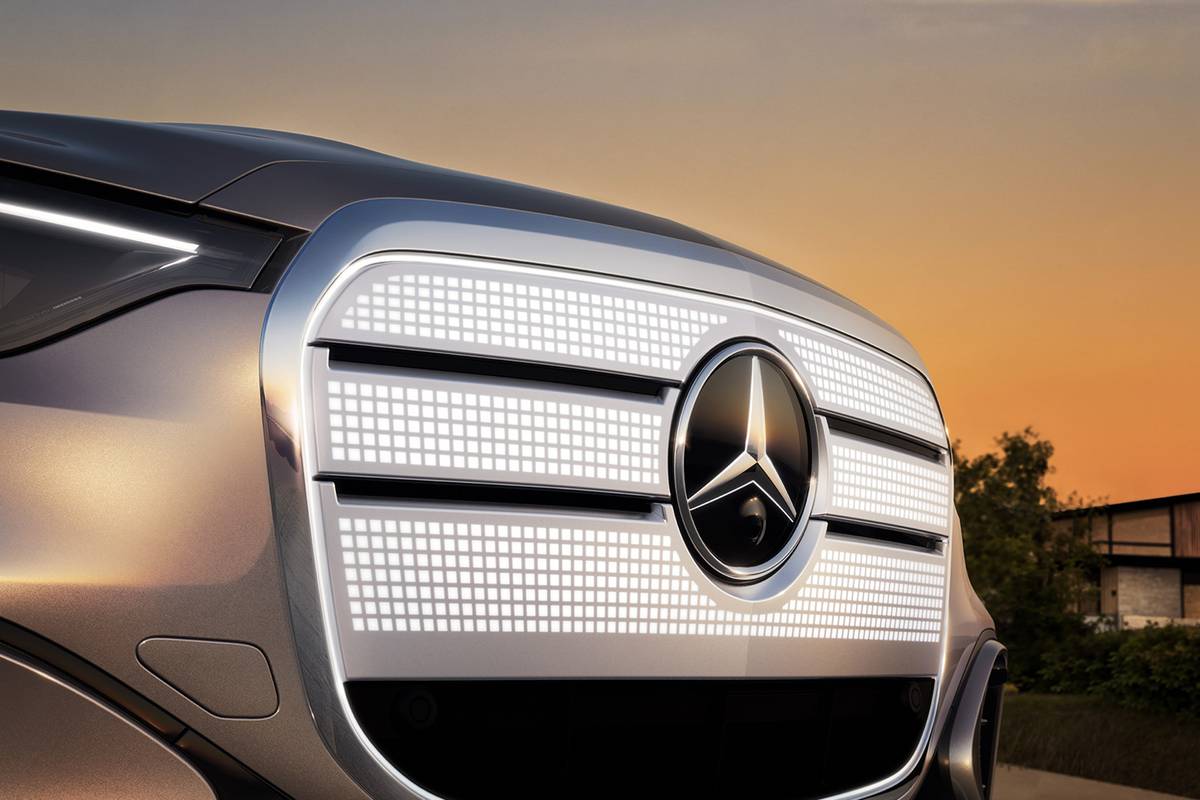IndyStar.com's view
It seems only fitting that Cadillac Motor Car Division bring an international automobile to an international automobile race. So it is no great surprise that Cadillac’s STS model has shown up as a support vehicle for the division’s participation in this year’s Indianapolis 500-Mile Race.
STS stands for Seville Touring Sedan, a four-door that has impressed even the most jaded of foreign-car devotees.
An aerodynamically styled automobile that is a complete departure from Sevilles of the past, the car can blend into the scenery of the highway or speedway.
Cadillac doesn’t make race cars per se. And the STS isn’t one. It is representative of the luxury image afforded the Cadillac nameplate virtually since its beginning, but there is an added flair to this car that is a happy marriage between performance and comfort.
The sedan, which was named 1992 Car of the Year by three major automotive magazines, is designed not only to offer an abundance of features to luxury-car buyers, but also to appeal to a broad range of that market.
“The input we’re getting,” said Dave Watts, new-car sales manager for Lockhart Cadillac, “is we can’t keep them in stock. That’s a pretty good testimonial for the car.”
The STS that Cadillac’s Bill O’Neill had at the Speedway was its own car, even though it has the same overall dimensions as the division’s standard Seville model.
Some key differences
The most obvious decorative difference was the Indianapolis 500-Mile Race logos on the body. In addition, the car sported subtle exterior changes.
Up front, a body- colored grille replaced the chrome grille found on the standard model. The traditional “wreath and crest” emblem has been redesigned in a pewter color, and moved from the hood to the center of the grille.
Other exterior changes include a specific front fascia that is body-colored and contains integral fog lamps along with a wide, slotted air intake opening. Chrome moldings have been replaced with black moldings along all window areas.
Specific STS body-colored rocker panel moldings extend up to the midway point on the door, and continue to the rear into a body-color rear fascia. The taillights are a wraparound assembly with a wide export-style license plate pocket in the center.
The rear deck lid has a full-length center-mounted stop light that carries the STS emblem.
It all results in a pretty racy effect, especially when applied to the body’s vanilla-white paint scheme.
Car handles well
As good as the car looks, if it doesn’t go and doesn’t handle, all the appearance features in the world aren’t going to make it a good automobile. But the designers of the STS did their homework, and the car is a top piece of machinery in both quarters.
“We’re seeing younger luxury-car buyers that never have been in a Cadillac,” said Dave Moll, new-car manager for Tutwiler Cadillac-Peugeot. “And that’s due in part to the way it handles and performs.
“These younger professionals have been i mport buyers, and after they have been in the car they can’t say enough good about it.”
Engine upgraded
Engine and drive train consist of a 4.9-liter V-8 and a 4T60-E electronic four-speed automatic transmission which are shared basically with the standard Seville. However, the STS has structural differences from the Seville as well as a retuned chassis and modifications to the drive train.
To enhance acceleration, the STS has been given a 3.33-to-1 (the higher the number the lower the gear) final-drive ratio, vs. a 2.97-to-1 ratio for the Seville. In addition, the Computer Command Ride, or CCR, system has been revised.
The system includes four electronically controlled suspension struts and a lateral (sideways) accelerometer that offer three speed- controlled modes of ride.
At speeds up to 40 miles per hour, the struts are in a floating comfort mode. From 40 to 60 mph, they shift to a normal mode for a more balanced ride. Above 60 mph, they shift to a firm mode to enh ance high-speed control.
The lateral accelerometer controls the struts in the firm mode to prevent body roll under aggressive driving conditions.
The resulting action is a ride that ranges from the traditional Cadillac boulevard-type ride to that approaching sports-car control.
It took only a touch of the wheel to weave the “500” support STS through traffic. And it would go through high-speed sharp corners almost as if it was on rails, completely absent of body flounder.
Pricey set of wheels
The model is definitely an expensive automobile, so owners may not really be all that interested in playing road racer.
“The price structure for the ones we’ve had,” Watts said, “has been between $41,000 and $42,000. That’s without a sunroof. If you want a sunroof, that’s another $1,400.”
The STS maintains the Cadillac flavor through the use of
leathers, Zebrano woods, and a full complement of comfort and convenience equipment. If you can find one, it makes motoring a quite pleasant experience.
Availability is tight, but it is improving. It has been rare to find more than one on a sales floor. Once that situation is rectified, sales projections are that the STS will represent about 12 percent to 15 percent of Cadillac sales.
It already is showing signs of making conquest sales.
“We’re making a lot of them,” Moll said. “The Jaguar and Lexus crowd, cars like that.
“This (STS) car is bringing these people in. And frankly, they probably wouldn’t be in here if we didn’t have it.”
Latest news



